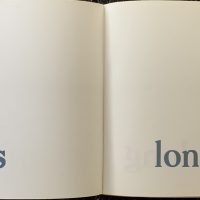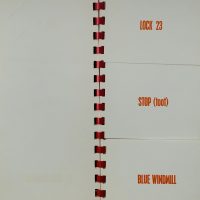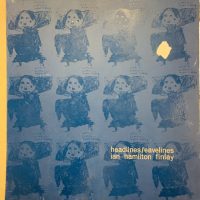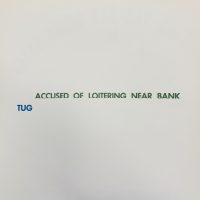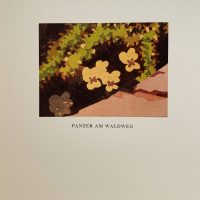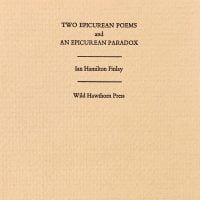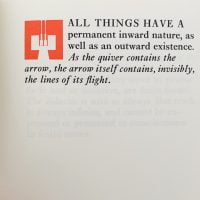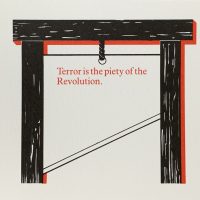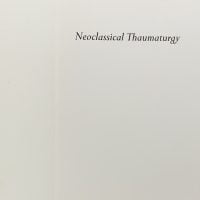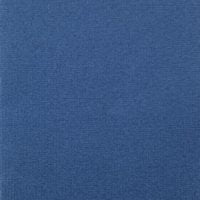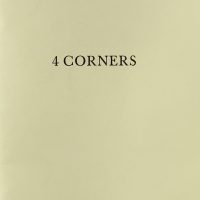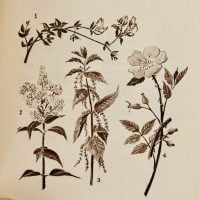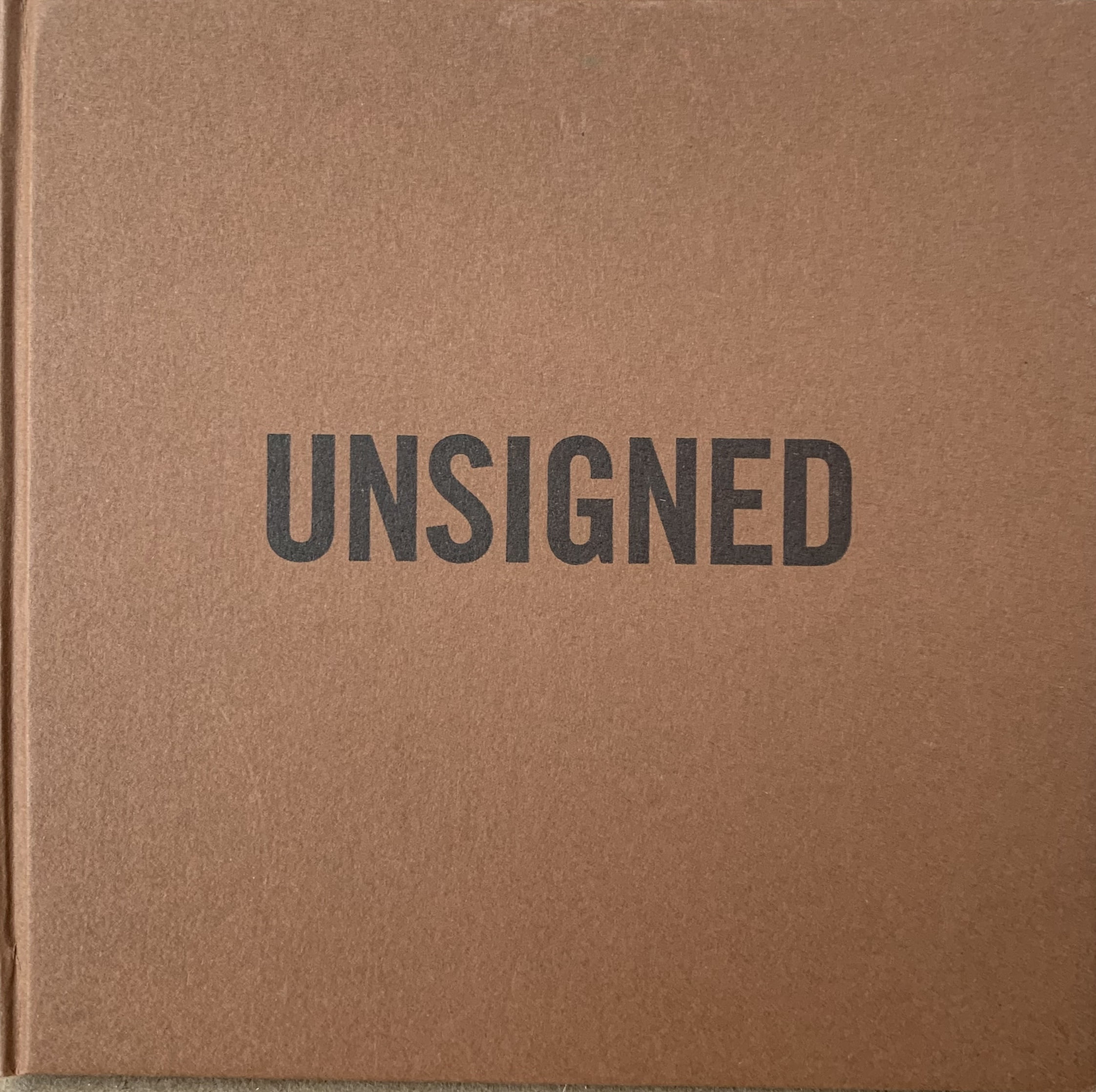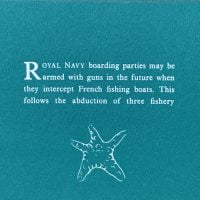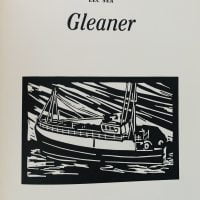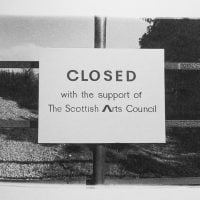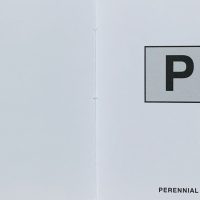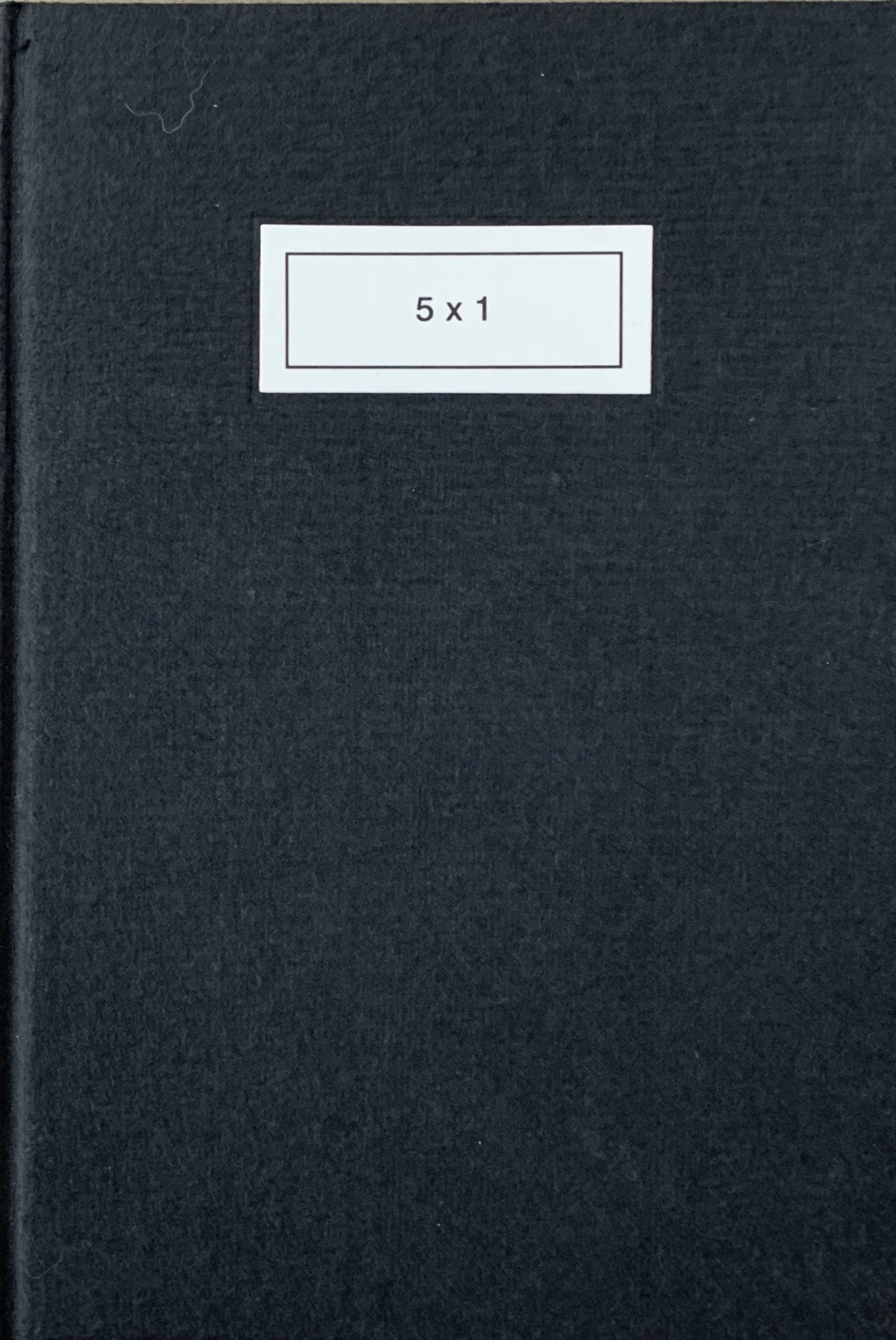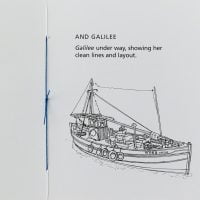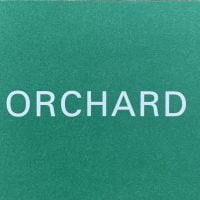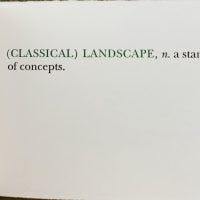THE SEA-BED AND OTHER STORIES. 1958.
Edinburgh: Castle Wynd Printers Ltd, 1958
22 x 14cm, 48pp. Boards and printed dust jacket. This was Finlay's first book of stories and poetry illustrated by Zeijko Kundzic - eight blue and red linocuts. As with much of Finlay's earliest work the subject matter is the sea, landscape, the weather, the communities built around that environment and the fish and animals that live alongside humans as well as the myths that arise. There is also the tale of applying for "National Assistance Money" because of the poverty that often came with the crofting/fishing lifestyle.
This copy is in exceptionally good condition with a complete uncut dustjacket.






